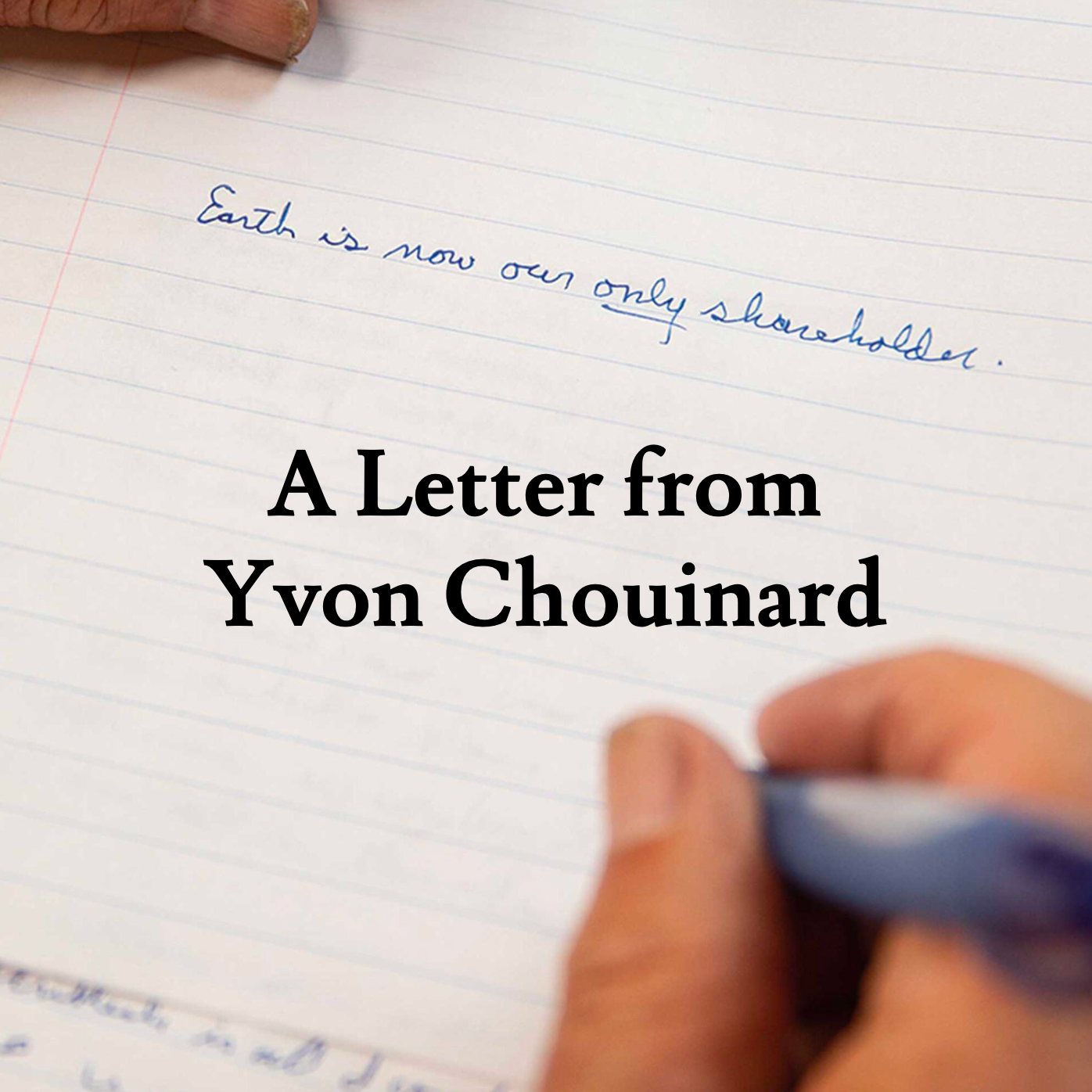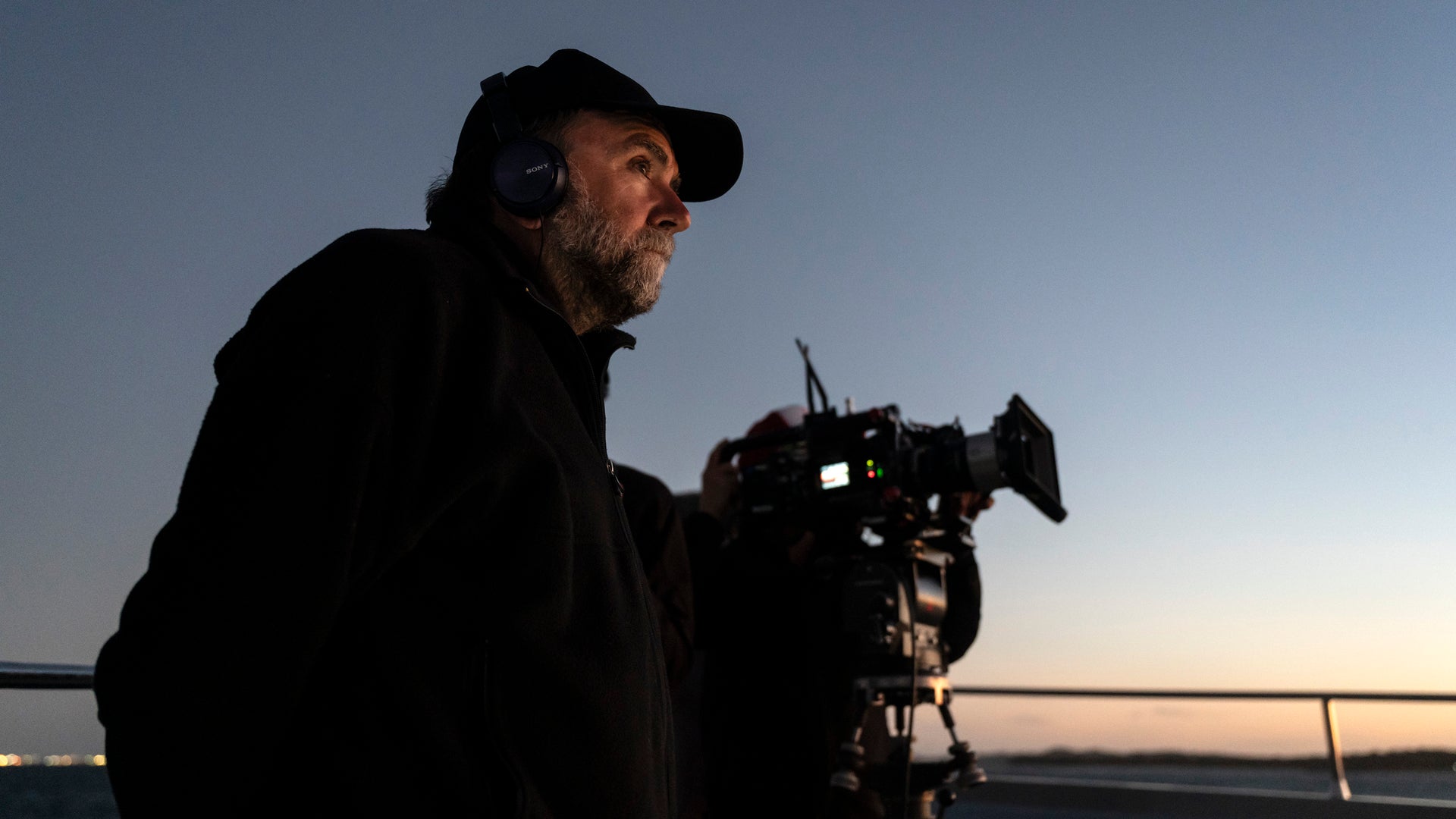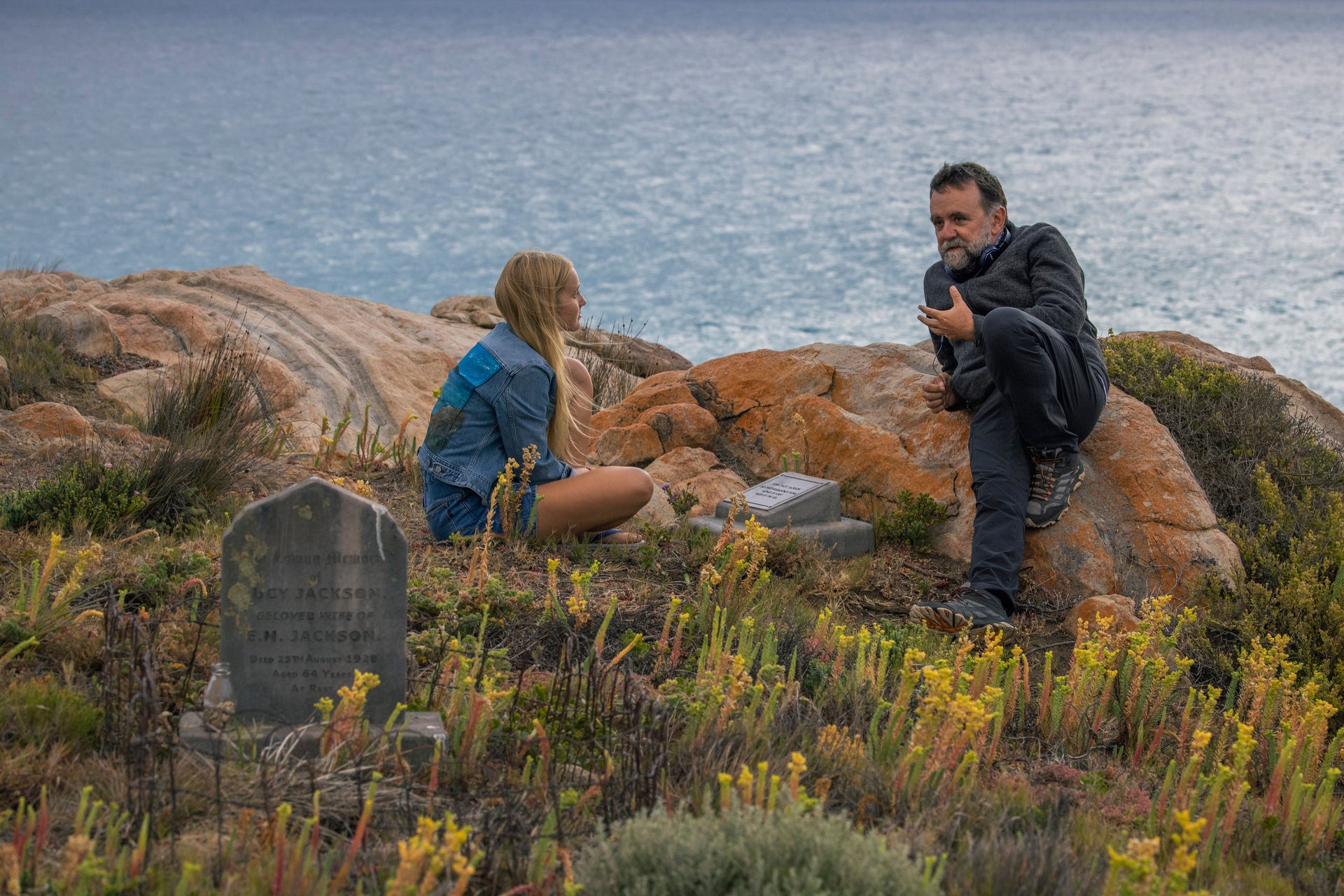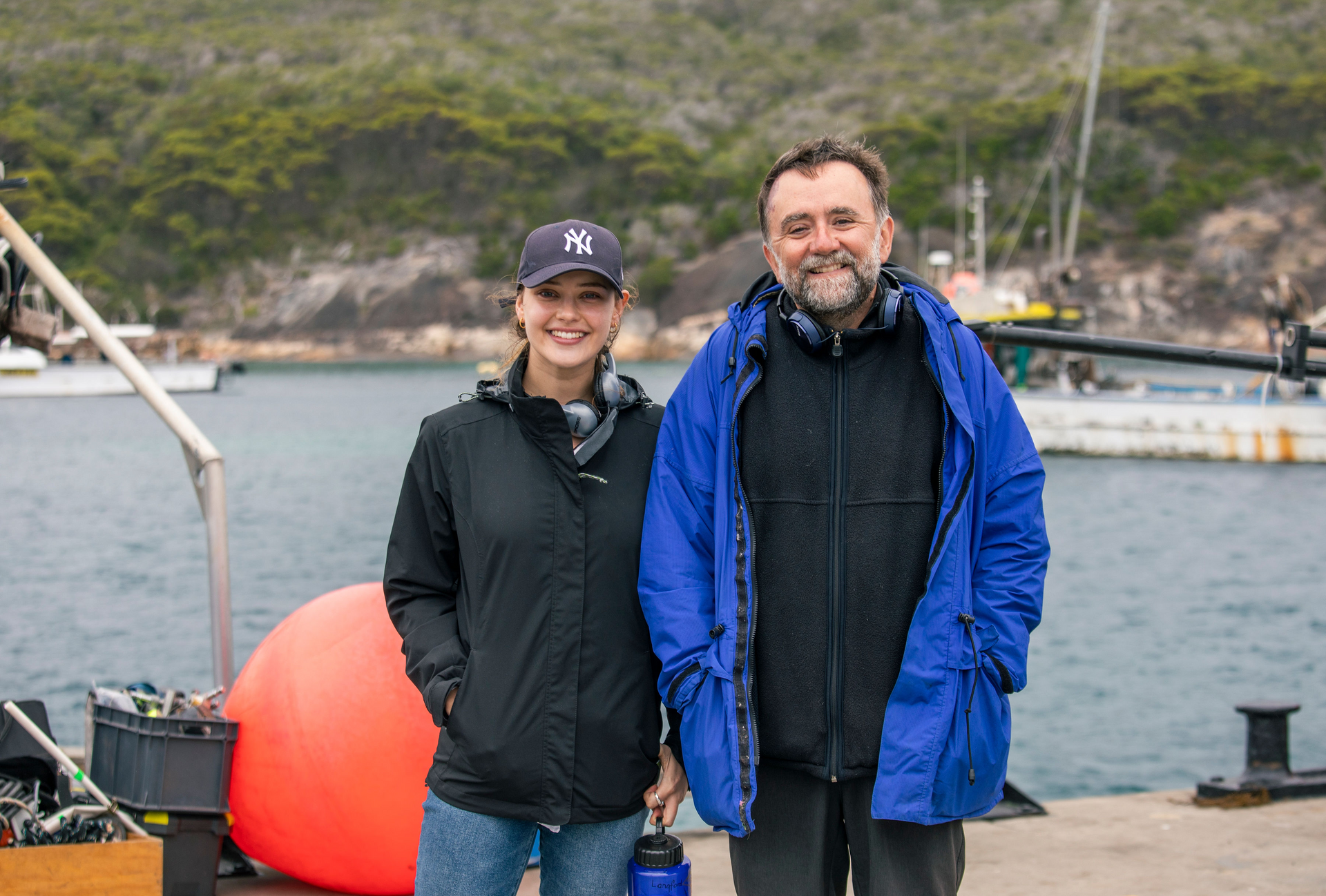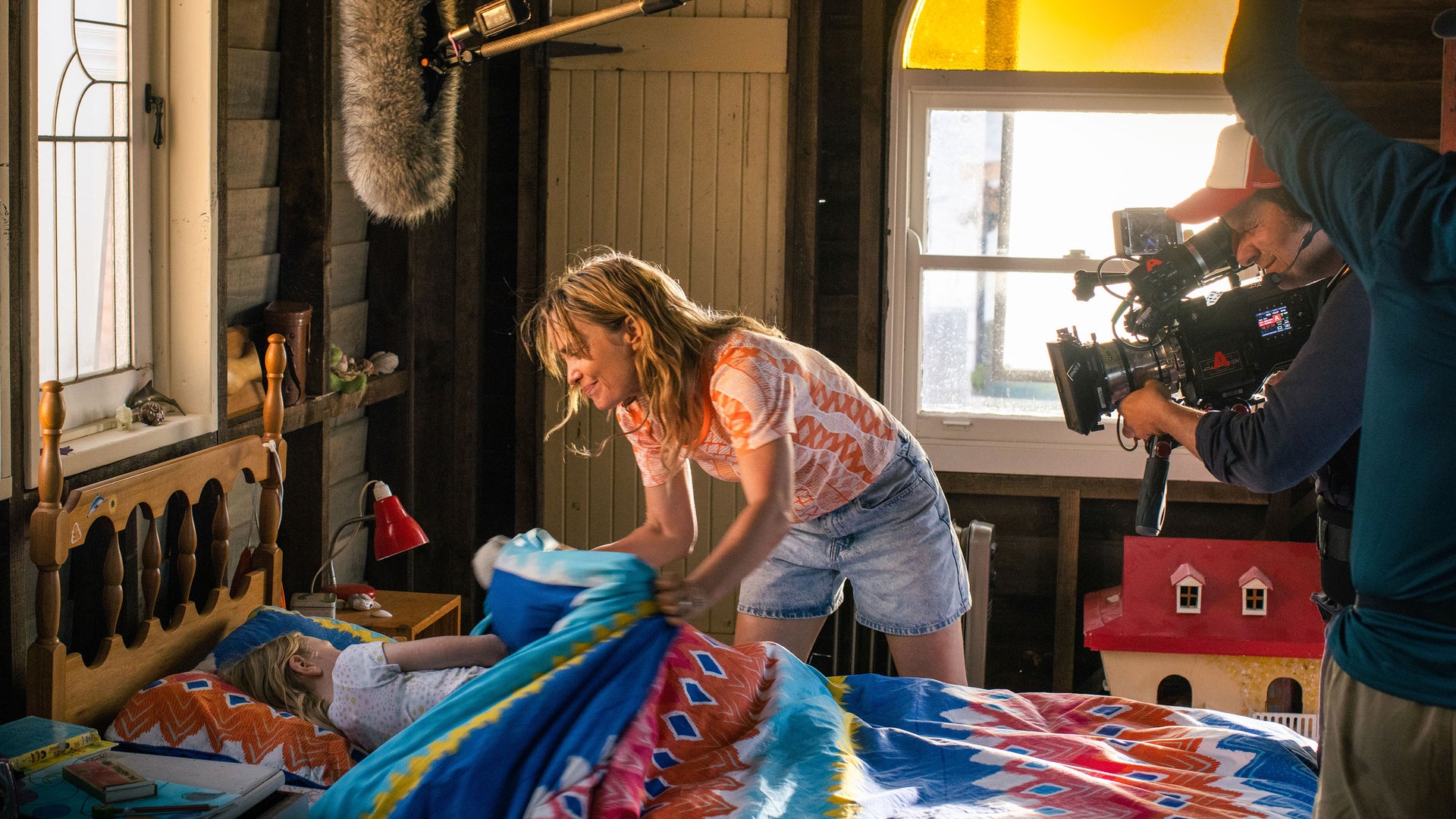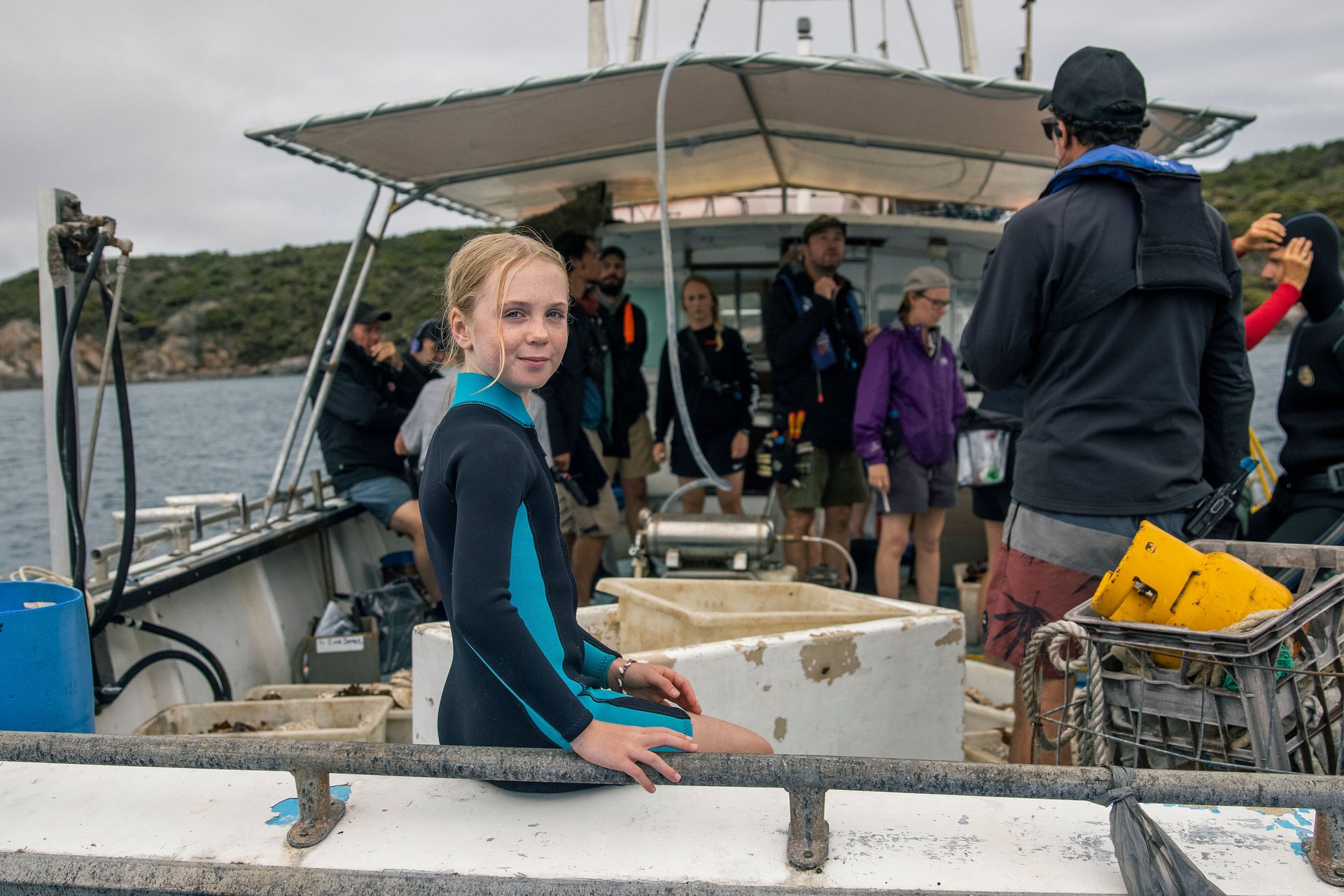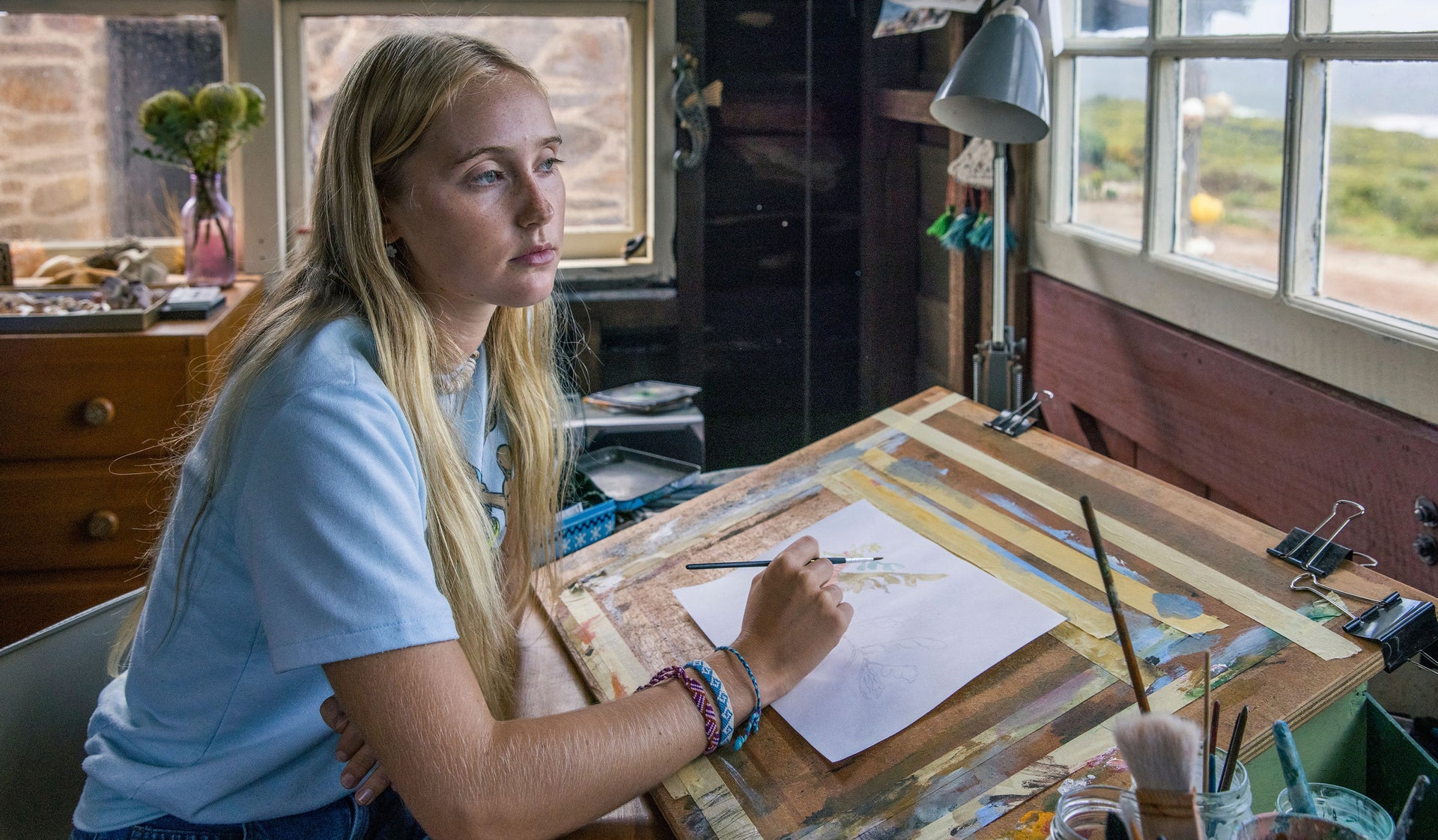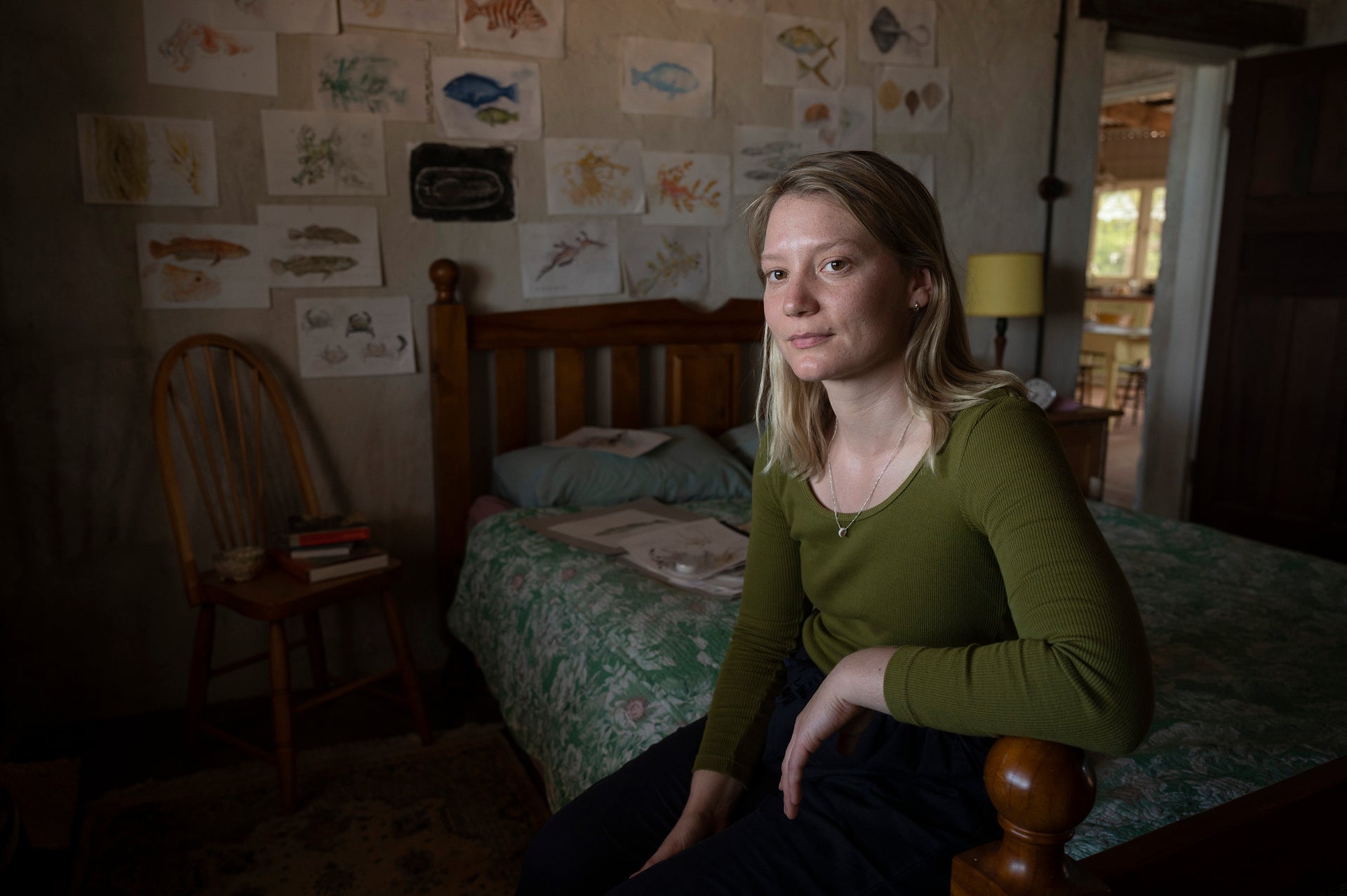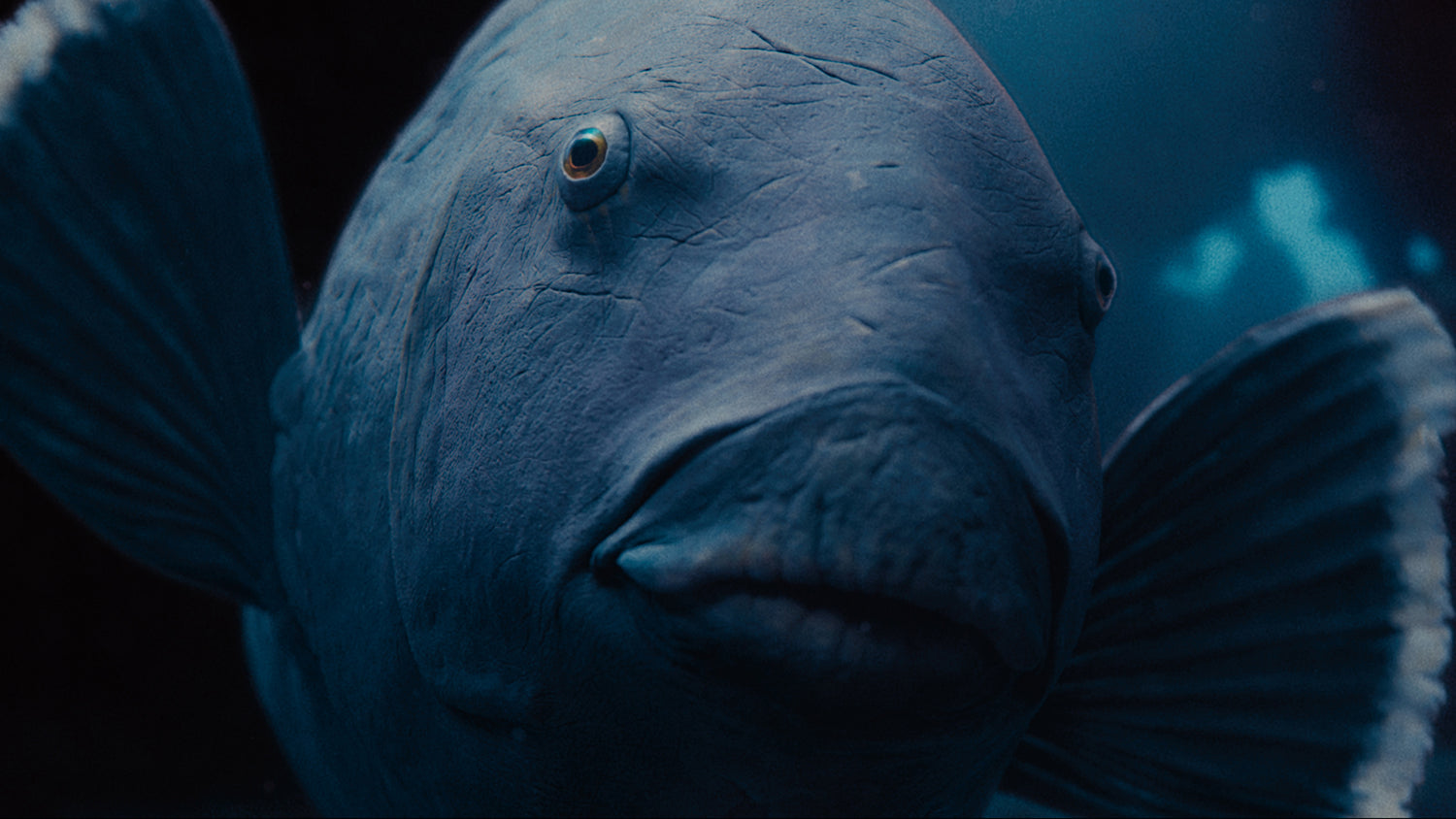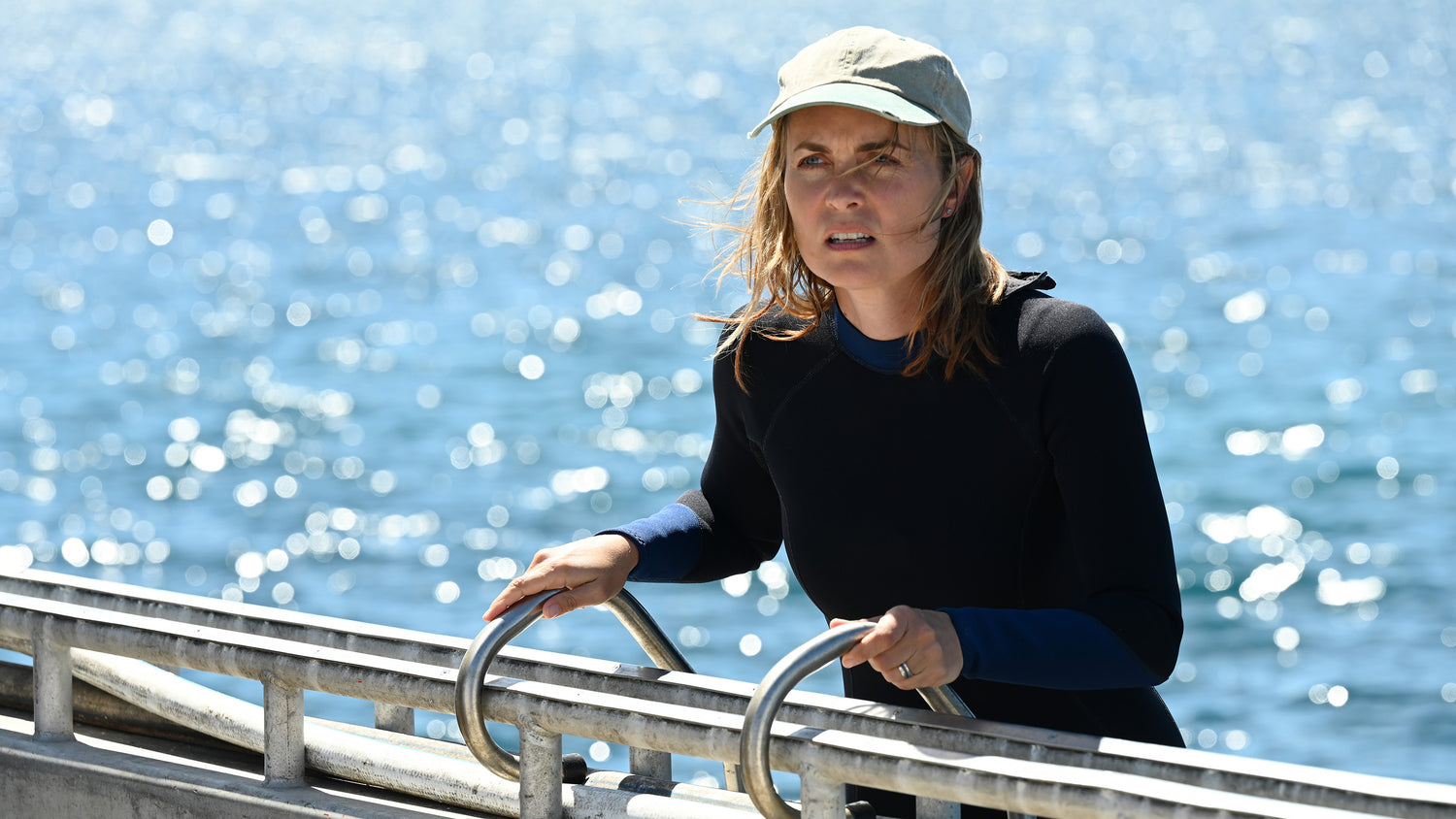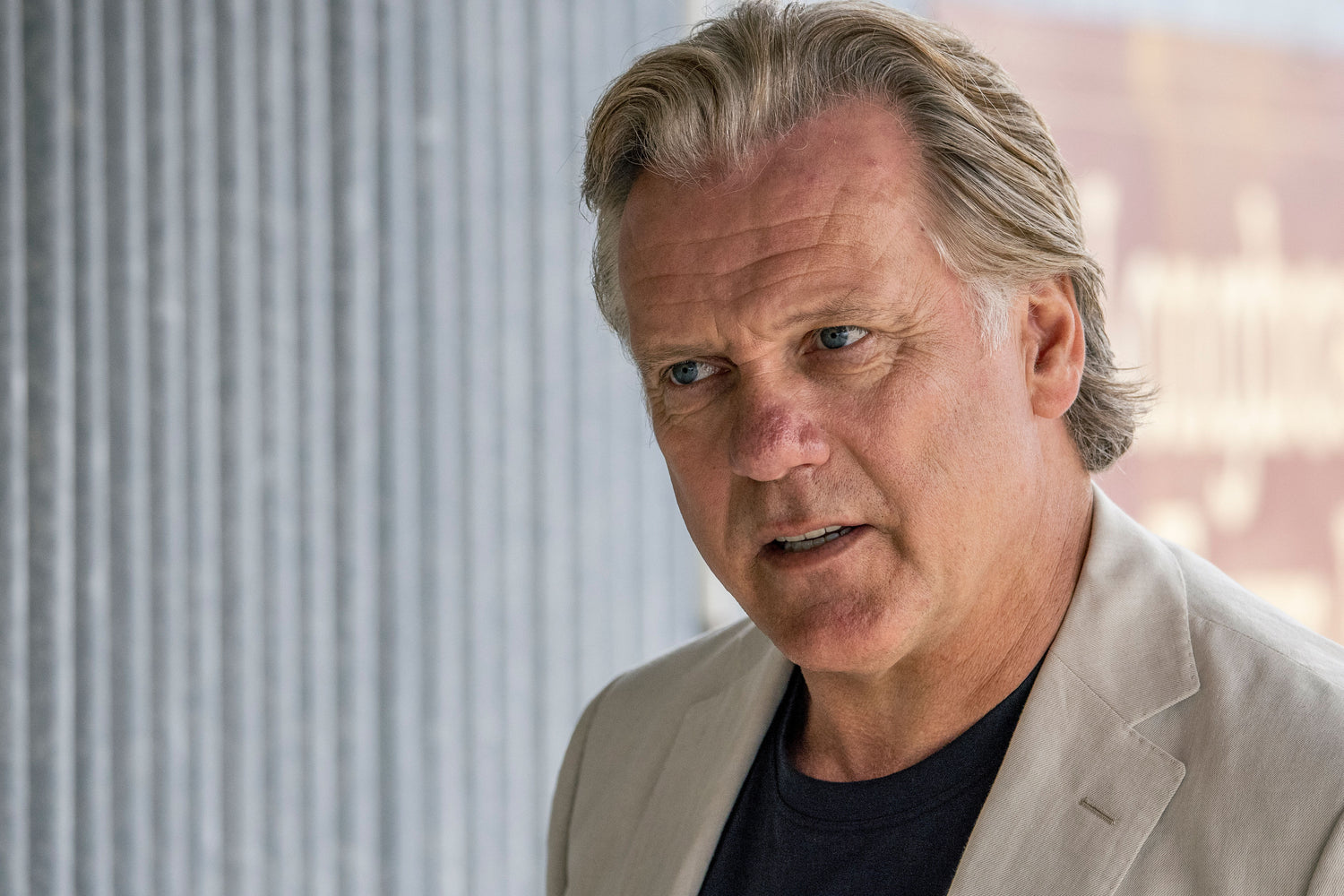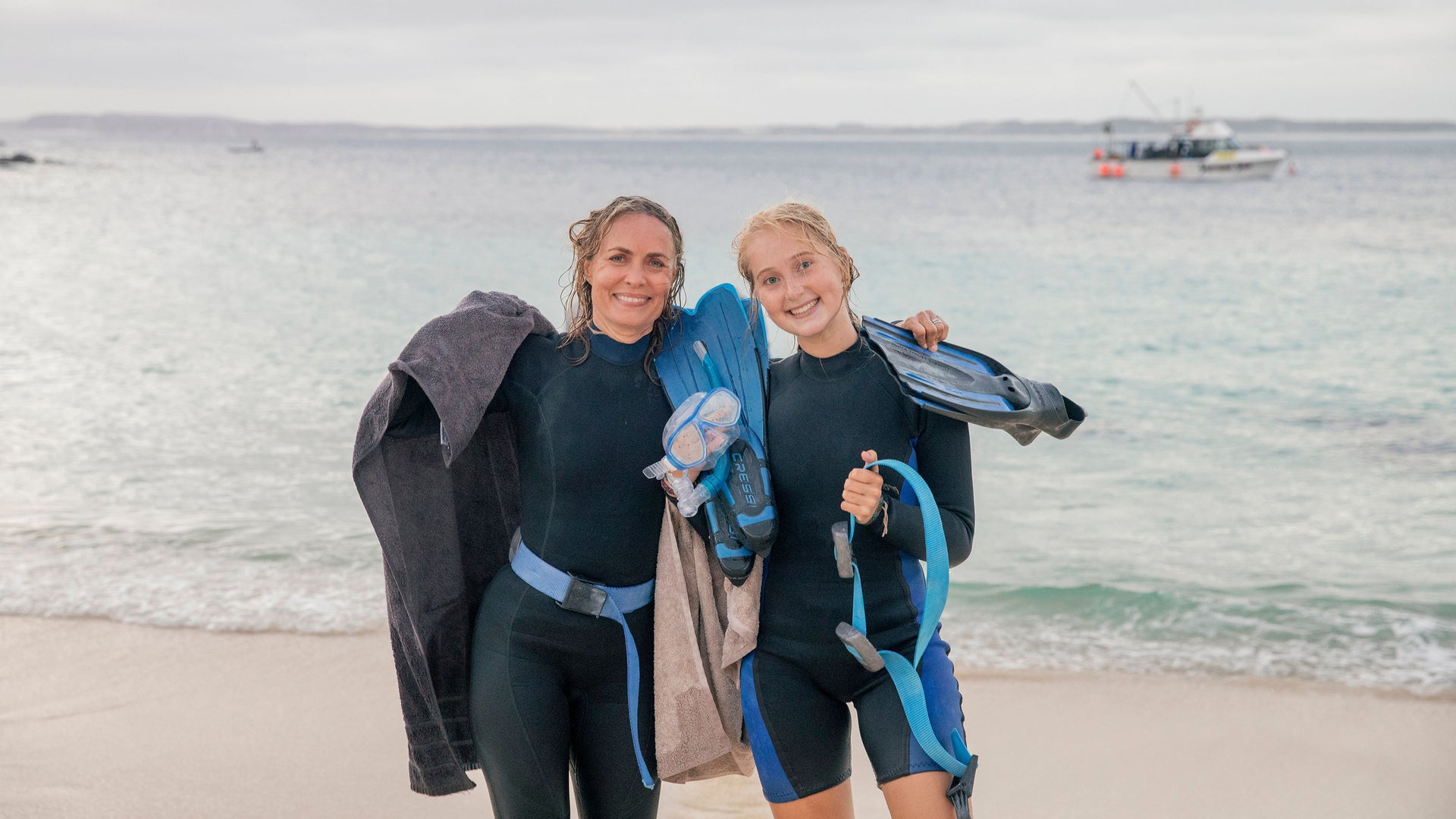Sunlight and a coastal breeze drift through your window, you doze between the dream world and the real world until your mum knocks on the door and calls your name. Before you know it, your doona has been flung off, you’re screaming bloody murder and the day has begun. You get over yourself, have brekky, chuck on your wettie and head to the water.
For some kids growing up in Australia, this was their morning ritual – no imagination needed. The land and sea, their true home. Play came in the form of water and sandy toes, and the signs of a good day were salty brows and a freckle-speckled grin.
It’s also the opening scene of Blueback, Robert Connolly’s screen adaptation of Tim Winton’s 1997 classic novella. “A fable for all ages” in the words of Tim Winton. “A love letter to the ocean” in the words of Robert Connolly.

